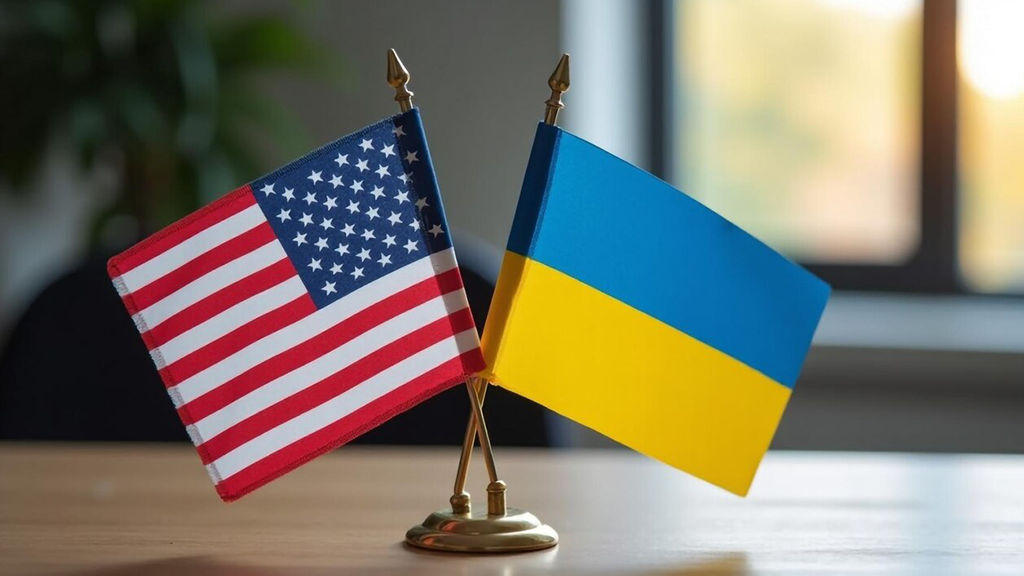Market analysts are increasingly debating whether the AI bubble is about to burst as valuations in the artificial intelligence sector stretch far beyond current revenue performance. The rapid surge in chipmakers, cloud providers, and AI-focused software firms has triggered concerns that capital markets may be pricing future growth far faster than companies can realistically deliver.
A major trigger behind the question “Is the AI bubble about to burst?” is the widening gap between investment and output. Massive spending on AI data centers, power-hungry compute clusters, and advanced semiconductor lines is colliding with infrastructure limits. Delays in power-grid expansions, rising energy costs, and long lead times for high-end chips are slowing deployment. These bottlenecks reduce near-term monetisation potential, increasing the risk of overvaluation.
A second driver is valuation compression. Several AI-exposed companies now trade at earnings multiples that assume exponential adoption and flawless execution. Analysts caution that even modest underperformance — slower enterprise adoption, regulatory headwinds, or weaker consumer demand — could trigger a re-rating across the sector. This is where the question “Is the AI bubble about to burst?” becomes even more relevant.
Third, speculative behaviour has returned. Leveraged AI-themed ETFs, high retail turnover, and momentum-driven trading patterns resemble earlier tech bubbles. If sentiment shifts, the same volatility that pushed valuations upward could unwind rapidly.
At the same time, not all experts see an imminent crash. Some argue that AI is in a structural expansion phase, comparable to the early years of cloud computing. Under this view, temporary corrections would be cyclical rather than catastrophic. But even in this more optimistic scenario, the question of whether the AI bubble is about to burst remains justified, as many firms lack proven business models to support current valuations.
There are proactive steps companies could take. Linking AI-infrastructure spending to measurable ROI, adopting modular data-center builds to reduce capital risk, and implementing real-time metrics for AI efficiency could protect investors from inflated expectations. For investors, reviewing exposure to AI-momentum products and favouring firms with clear monetisation pathways creates a more grounded approach.
Whether or not the AI bubble about to burst becomes reality, the sector is entering a period when fundamentals — not hype — will determine which players survive the next valuation cycle.
The five-year bond is framed by Bpifrance as a “European Defence Bond,” even though it is technically a national instrument. The investor breakdown reveals how widely interest is distributed: roughly two-thirds of the capital came from outside France, with Nordic funds leading the pack, followed by significant commitments from Southern Europe, the UK, Ireland, and several continental financial hubs. This response indicates that France’s defense bond issuance aligns closely with a growing recognition across Europe that defense industrial capacity requires substantial, long-term financing.
Proceeds from the offer will support the Def’fi loan programme, which channels funding to small and mid-sized firms embedded in France’s defence supply chain. These companies often face financing hurdles due to regulatory and ESG-related constraints, since defence activities remain excluded from key categories within the EU’s sustainability taxonomy. By creating a dedicated instrument, Paris aims to establish a reliable funding corridor for firms that are strategically important but often underserved by mainstream financial markets.
The timing of France’s defence bond issuance is politically charged. Several EU states are pushing for more flexible budget rules to meet growing defence obligations, while others argue national spending alone cannot close capability gaps. France—already operating above EU debt thresholds—has repeatedly called for European-level financing tools. Officials in Paris are likely to use the success of France’s defence bond issuance as an example of investor readiness to fund defence if appropriately structured instruments are offered.
Meanwhile, Brussels is weighing whether the bloc should develop joint mechanisms—such as EU-branded defence bonds—to accelerate industrial scaling. If this enthusiastic market reaction is replicated in other member states, Europe could be driven toward creating a dedicated defence capital market, reducing dependence on fragmented national initiatives.
In effect, France’s defence bond issuance has not only raised financing but also reopened a broader strategic debate: who should pay for Europe’s security, and through what financial architecture?









